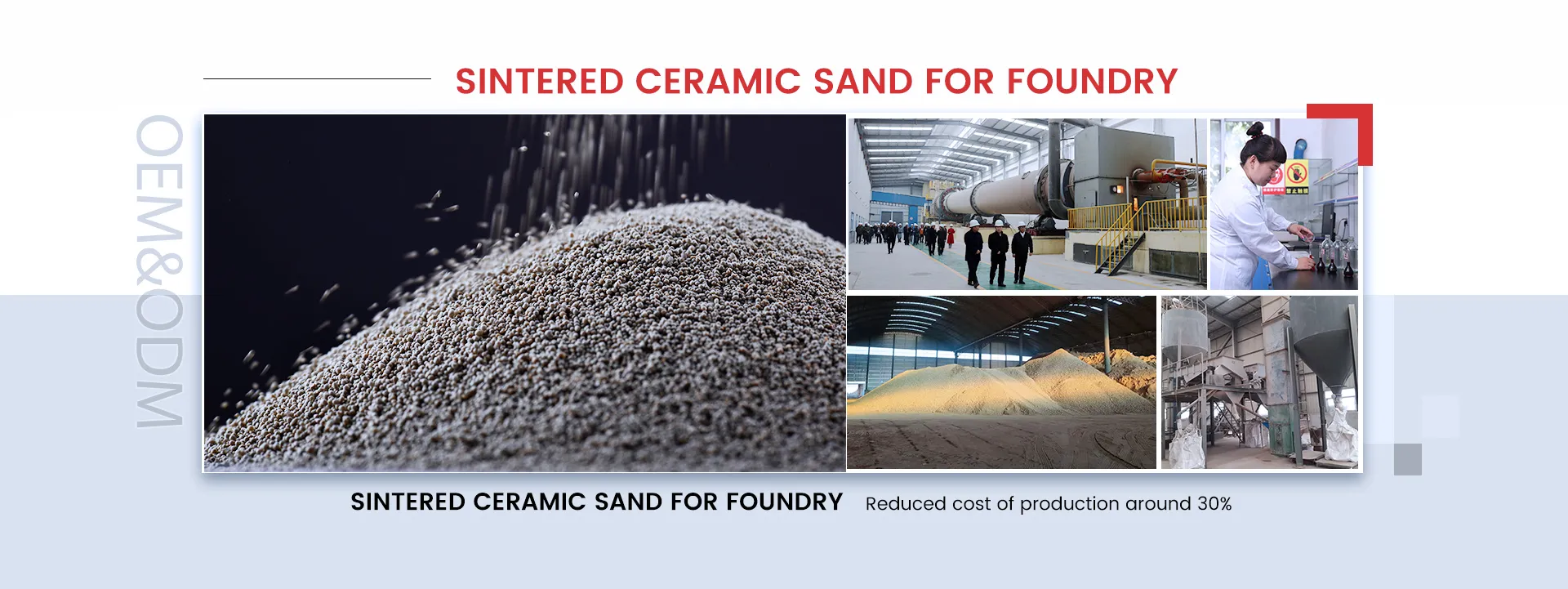The Art and Science of Casting Sand A Cornerstone of Modern Manufacturing
Casting sand, also known as foundry sand, plays a crucial role in the manufacturing industry, particularly in the production of metal castings. This ancient technique dates back thousands of years, with evidence of early sand casting found in ancient Egypt and China. Today, sand casting remains one of the most widely used methods for producing complex metal components across various sectors, including automotive, aerospace, and construction.
At its core, sand casting involves forming a mold out of sand, which is then filled with molten metal. The process begins with the creation of a pattern, often made from wood, metal, or plastic, which represents the final product. This pattern is embedded in a mixture of sand and a binding agent, usually clay, to form the mold. The sand must be carefully chosen and prepared to ensure it possesses the right properties for casting, such as cohesiveness, permeability, and a suitable grain size.
One of the key advantages of sand casting is its versatility. It can accommodate a wide range of metal alloys, including aluminum, iron, and bronze, making it applicable for various industries. Furthermore, the process allows for the production of large parts, with the capability of casting objects weighing several tons. This adaptability extends to the intricacies of the designs as well, as sand molds can be modified easily to create complex shapes and details.
casting sand

However, the sand casting process is not without its challenges. Achieving high precision and fine surface finishes can be difficult. The quality of the casting is heavily influenced by the properties of the sand used, alongside the skill of the foundry workers. Common issues such as sand erosion, gas porosity, and shrinkage can lead to defects in the final product, necessitating stringent quality control measures throughout the casting process.
To address these challenges, advancements in technology have improved the sand casting process significantly. Innovations such as digital pattern making, automated molding, and advanced computer simulations have increased production efficiency and improved the accuracy of casted components. Additionally, environmentally friendly binding agents and recycled sands are gaining popularity, reflecting the industry's shift towards sustainability.
The impact of casting sand extends beyond the foundry. It is a vital component in manufacturing processes that support infrastructure, transportation, and machinery. As industries continue to evolve and seek more efficient manufacturing methods, the significance of sand casting remains steadfast.
In conclusion, casting sand serves as a foundational element in modern manufacturing, blending art and science in the production of metal components. Its historical roots, combined with contemporary innovations, ensure that this practice will continue to be an indispensable aspect of the industrial landscape. As manufacturers strive for efficiency, quality, and sustainability, casting sand will undoubtedly play a pivotal role in shaping the future of manufacturing.
Post time:செப் . 17, 2024 09:09
Next:Odlewnia odlewnia piasek
